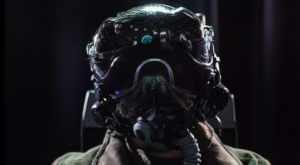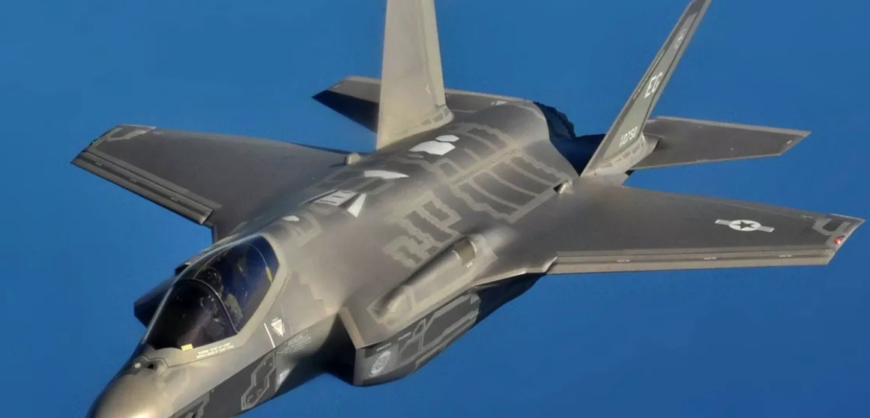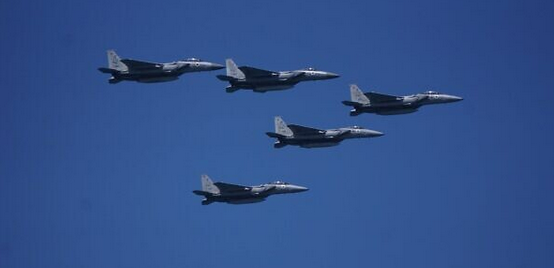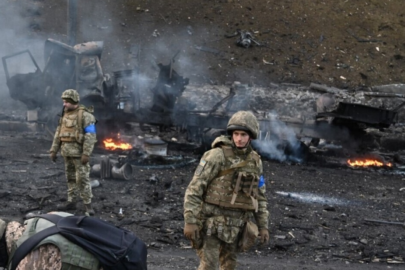In a state of the art fighter like the American F35, the word technology is everywhere as the plane is covered by a network of advanced infrared cameras.
A good reason why the pilot’s helmet costs $400,000, as it has the ability to transmit what these systems see to his eyes, along with data from radar, other aircraft, ships or ground systems.
To do this, it contains a dual optical system to project a separate image to each of the pilot’s eyes, so it can overlay 3D computer graphics over everything they see.
The idea of the concept was for the pilot to be able to see what the plane’s sensors can see, as well as any information received from other aircraft, ground stations or ships connected to the F-35’s networking system.
These dual visual systems must be able to project an image into each of the pilot’s eyes, allowing them to see even through it, so they can also see the plane’s controls and instruments if needed.
To align the projected image with the pilot’s vision, the helmet must transmit its position in the cockpit to the plane’s computer system.
This means that the helmet must contain a system that allows the cockpit to track the helmet, so that the F-35’s computer knows which direction the pilot is facing and so does the computer embedded in the helmet.

The helmet also needs a computer system built into it to ensure that the incoming data is correctly projected to the pilot’s eyes and at the brightness level he or she has chosen and that it is properly aligned with the outside world.
The pilot can look down at the cockpit floor and see straight through it to the ground because the images from the plane’s abdominal camera are included in the system.
It has the ability to see radar symbols when looking ahead, allowing him to spot aircraft out of visual range without looking at the radar screen.
The F-35 has a cockpit that does not provide excellent visibility without the helmet in proper working order, so there is poor visibility to the rear and downward.
Earthquake – Kefalonia: Tselenti’s analysis of the very intense microseismic action
If the pilot looks over his shoulder without the helmet working, he cannot easily see the tail of the plane, only the rear of the cockpit.
But the helmet makes the plane effectively transparent, so when a pilot looks over his shoulder, he sees that enemy or friendly aircraft ten miles back or sees the missile coming.
The computer system on the F-35 can also alert the pilot using symbols and warn him to turn his head to see something the sensors have seen.
So if the abdominal camera detects a missile a launching – something the system is designed to do very easily – it alerts the pilot and they can look at it, assess the situation to start taking evasive action based on the angle of approach of the missile.




































